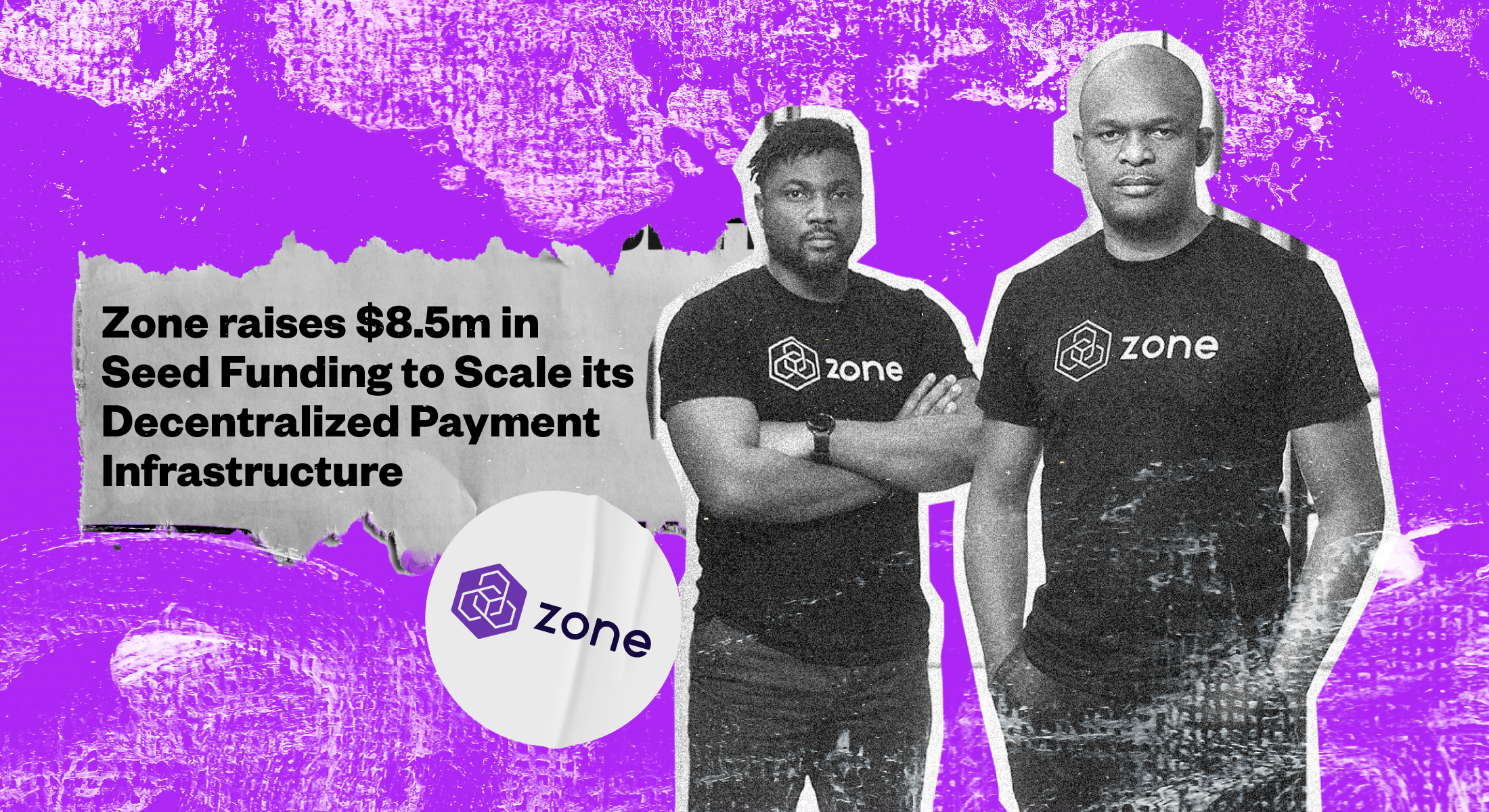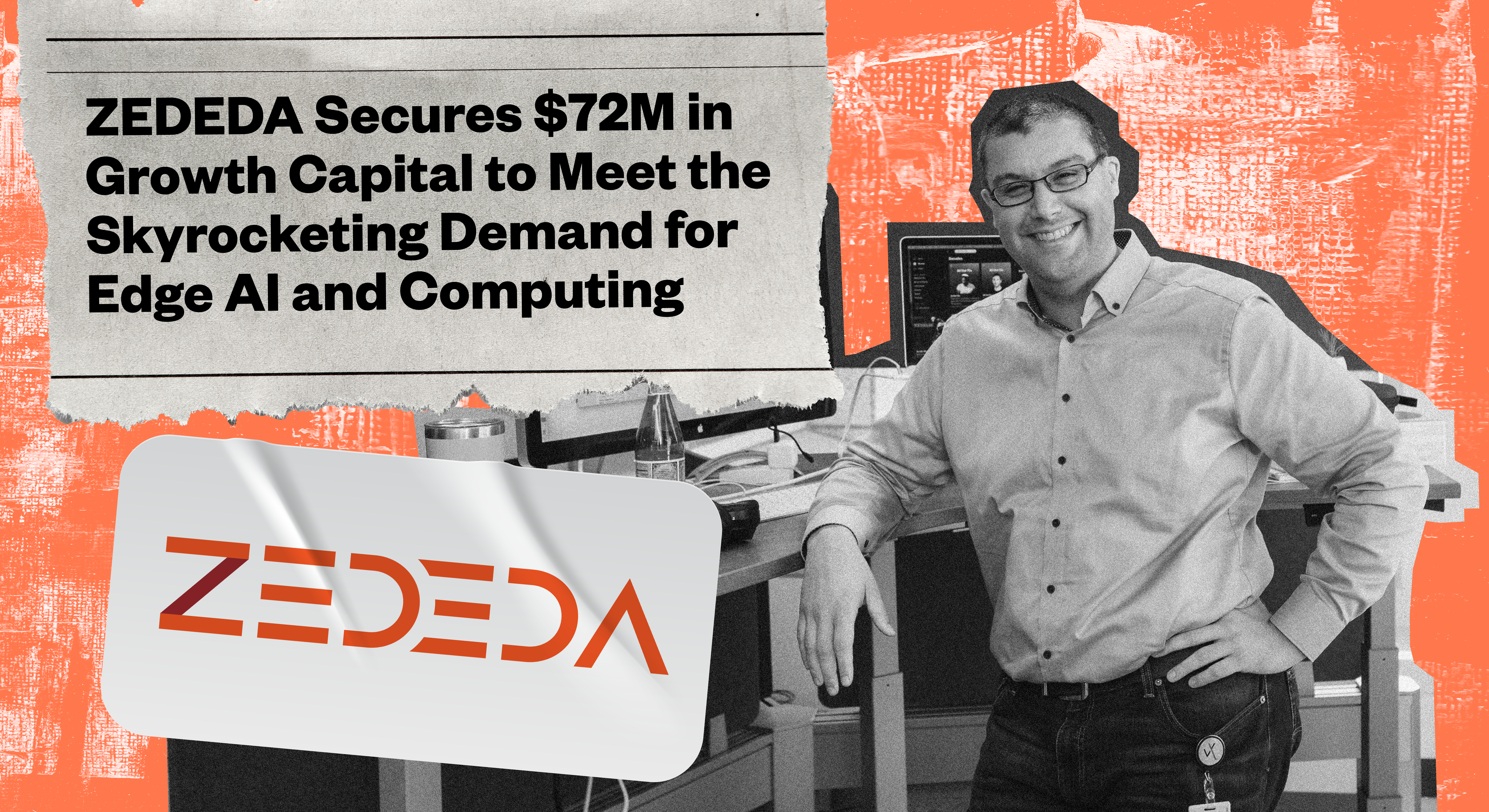On this episode, Patrick Alex, host of the Emerging Markets Enthusiast podcast and Director of Access to Capital of Endeavor Chile, sits down with Allen Taylor, Managing Director of Endeavor Catalyst, Endeavor’s own investment vehicle that invests in a rules-based manner into Endeavor Entrepreneurs across the nonprofit’s +40 markets.
We dive into how the fund has scaled from its early beginnings in 2012 to the recently announced close of fund IV with a US$292M fund size. However, before that, we dive into the current macro environment and what it means for emerging markets entrepreneurs.
Dive into the full episode on:
Where are we at now with the current volatile VC environment?
The excessive monetary stimulus during the pandemic led to an influx into riskier asset classes, in particular crypto, growth stocks and private investing.
This era of easy money is definitely over, we still don’t know yet whether we are in a new normal or whether we are still transitioning towards it. 10 years out when we reflect on this period, the anomaly will be last year, in particular the last half of 2021, where we had an extraordinary amount of activity in VC investing globally. What we are entering into now is a more normal investment period.
Pricing wise it is very difficult to determine when we have found a new equilibrium. There is some degree of financial markets dynamics playing a role, but there is also a lot of psychology involved especially from the major actors; be it the major cross-over funds or late-stage private funds. The further down you go the VC value chain, the more long-term oriented are investors, where we still see some activity. The market has not entirely dried up.
Naturally, the pre-IPO market resets faster after we see a correction in the public markets. Growth stocks were starting to adjust downwards last November. By January, everyone realized we were in a new reality and private markets were starting to change. The first major shift occurred when we saw a change in behaviour in the major cross-over funds (the people who do public and private).
" In January, we saw some major cross-over funds starting to renegotiate previously agreed upon terms in late-stage financing rounds"
Prices were reset in the very late stage of private financing at the beginning of the year. When we circle back to March – April a lot of investors were engaged in price discovery at the Series B & C stage. In April and May, people realized that these markets were essentially frozen or they were getting dramatically repriced. The price discovery is now happening more at Series-A stage.
" The situation is still continuing to unfold and it is difficult to determine when we have found a new equilibrium."
There is still quite a lot of uncertainty, especially in the early stages of venture.
How does this affect the trend of globalisation of capital aka “the decoupling of geography and capital?”
Are the global investors who first started to embrace investing outside their home markets the first to pull out, especially from markets such as LatAm that have just been able to attract their attention in recent years?
Allen believes there exist tailwinds and headwinds at the same time. No doubt during the period of money printing, investors had to go further and further out the risk curve to look for alpha.
There was an unseen activity not only in emerging markets such as LatAm, but also frontier markets, such as Egypt and Pakistan, places that have seen very little venture dollars before. Some of that money for sure will pull back as we adjust the risk profile. Depending on the market, tapping into Endeavor’s experience of +40 markets, the effects will vary. In some markets that already have strong local VCs, they might be able to fill the gap across different stages, but in other markets where there is lesser of an ecosystem, we will see a reduced availability of capital.
However, Allen remains bullish on the potential of the decoupling between capital and geography, because the pandemic has demonstrated, investors are willing to invest via zoom and we are not moving away from this.
Building relationships in business contexts, that investors know really well but not necessarily its geography, will not all over a sudden disappear.
" While the risk will make international investors pull back temporarily from more frontier markets, we will see a lot of folks continue investing in these markets, because they now learned how to do it (investing via zoom)."
What is the message for LPs and emerging fund managers who just raised their first fund?
When it comes to the way how GPs and LPs communicate on what happened in the last few years and what will happen for the next few years, Allen is using Endeavor as an example. The organisation has a multi-decade long conviction on the opportunity in emerging markets and around Endeavor’s unique access to the highest quality entrepreneurs in these geographies. This does not change, because of the current macro-environment, but stays the same for the long-term. For the short term, certainly Endeavor Catalyst, as many other funds, paid higher entry prices on their investments in the second half of last year.
Endeavor Catalyst just announced the US$ 292M raise of its 4th fund, and it will be a great time to invest, considering that the organization is equipped with fresh capital entering into a market with adjusted valuations, compensating for the higher valuations last year.
Allen is a little concerned about the frontier markets and the environment entrepreneurs will have to face there:
“(…) Where there is fragility is in these nascent ecosystems, the markets that have just experienced their first transactions last year. There is a handful of local investors in these frontier markets, however, as they go back to LPs to fundraise in this current environment, they might have to face a lot of resistance. They might have been caught in this unfortunate timing, with their thesis still being valid regarding the investment opportunity in frontier markets, but there might be in a tricky spot if they deployed a significant portion of their capital over the last year at valuation premiums.”
How did Endeavor Catalyst start back in the day?
Endeavor has been around since 1997 as a leading global non-profit entrepreneurship support organization. The organization focuses on economic development, job creation, wealth creation, and role model creation, defining itself as a mission-driven organization that works with the crème de la crème of entrepreneurs in its markets at the scale-up stage. The organization has around 500 employees across its 41 markets. Historically, the non-profit was financed by philanthropy, especially business leaders in the markets Endeavor operates in.
About a decade ago, with the first Catalyst fund in 2012 this started to change. The leadership team of Endeavor layered a venture capital fund on top of the existing organisation, which allows Endeavor to make co-investments, leveraging Endeavor’s relationships and unique access to make investments in Endeavor Entrepreneur’s next round of financing.
There is a bottom-up and top-down story to this moment. Allen, at the time, had just moved from the organization’s HQ in New York out to Silicon Valley to focus on Endeavor’s investor network and supporting entrepreneurs with their fundraisings, which was a long-term service pillar for Endeavor.
" Endeavor Entrepreneurs kept saying that the mentoring was great and the introductions Endeavor made were fantastic, but it would be even better if you could tell the other investors that you are investing."
At the same time, Reid Hoffman, co-founder of LinkedIn and Partner at venture firm Greylock, had just joined the Global Board of Endeavor. Reid, together with Nick Beim, another fellow venture capitalist from firm Venrock, had a braintrust session with CEO and Co-Founder of Endeavor, Linda Rottenberg, on how to structure a mission-aligned fund vehicle.
To test this thesis, Endeavor used $6M of its own capital that it had earned through donations to make its first investments. For 18 months Endeavor was exclusively using donated capital from its endowment, but in mid-2013, the Endeavor team kicked off raising fund I at $20M fund size, followed by fund II closing at $80M and fund III at $134M over the subsequent years.
And the rest is history.
When Endeavor went out to fundraise last year, the idea was to raise $200-250M, however, the organization ended up raising $292M.
“Clearly, the model is working, and Endeavor has a found a mission-aligned way to invest in Endeavor Entrepreneurs without betraying its model, but rather doubling down on it” Besides the unique investment approach of Endeavor Catalyst’s rules-based fund, the LP-base is also indicative of Endeavor’s mission. Many of the Endeavor Entrepreneurs, Endeavor supported over the years, are LPs themselves.
" Endeavor Catalyst is one of the most, if not the most, mission-aligned ways to get Endeavor to become financially independent and self-sustaining."
More than 120 Endeavor Entrepreneurs are investors in fund IV. Endeavor deliberately focuses on a long-tail approach to raising its funds with low entry minimums for Endeavor Entrepreneurs and members of the Endeavor network. Some funds have a very concentrated LP base raising only from a handful of institutions; Endeavor, on the other hand, very intentionally opens up the fund to its network as an invite-only vehicle. It is very much this “of, by and for entrepreneurs ethos” that Endeavor is going after.
Over its last vintages, about 30% of the fund’s LP base have been Endeavor Entrepreneurs. In the beginning, however, they represented only about 5% of the capital. With fund IV, the percentage has increased to about 20%.
What is next for Endeavor Catalyst down the road?
Allen states that by design, Endeavor has been very much intentional about its fund construction. The fund does not charge a management fee, given that its employees are compensated through the Endeavor non-profit.
Hence, Catalyst is not interested in driving up management fees through increasing AUM. However, the fund charges a premium 50% carry on the upside that gets donated back to Endeavor. This premium carry might produce a natural limitation onto how much one is able to raise for future vintages, nevertheless there will always be members of the Endeavor network that are bought into Endeavor’s mission.
Allen emphasises that even with its premium carry, the fund generates top-tier venture returns. There is not necessarily an objective to keep on doubling the fund size every time. It took the organisation roughly 10 years to reach its target size of a $200-300M fund size with fund IV.
Fund V might be the same or of a similar size, but this is not certain. Endeavor keeps expanding and entering new markets. Just a few weeks ago the organization announced the launch of its 41st office in Warsaw, Poland.
" Independent from the fund size, Endeavor Catalyst aspires to be one of the most active investors in emerging and underserved ecosystems globally."
Has Endeavor with Endeavor Catalyst become a blue-print to hack the non-profit model into something more scalable?
Certainly, becoming self-sustaining is the holy grail for any mission driven organisation. It will not be appropriate for all cases, some will always have to be philanthropically driven, but it is an interesting blue print for anyone doing entrepreneur support or anyone that has some filtering or curation system for identifying and selecting top talent, because ultimately this is what a successful VC is about. The key to Endeavor’s model is to select the top 1-2% of entrepreneurs in a market and therefore after having built a relationship with them it is only a logical step to also invest in them.
Featured Stories
Why We Continue to Invest Actively in Egypt and the MENA Region

The 20-Year History Behind Zone’s Recent $8.5 Million Seed Round Success

The Pioneer’s View: How ZEDEDA Has Been Defining The Future Of Data

Related Articles

Beyond the headlines
Why We Continue to Invest Actively in Egypt and the MENA Region

The 20-Year History Behind Zone’s Recent $8.5 Million Seed Round Success



